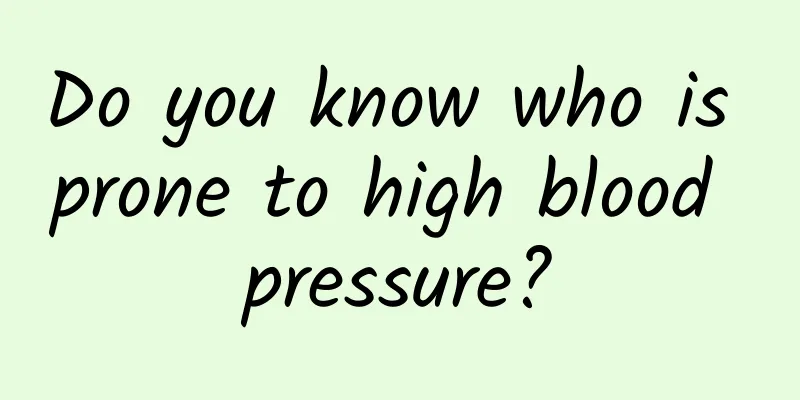What to do if there is a lump in the breast

|
Ever since Yao Beina passed away due to a recurrence of breast cancer, many women have become terrified of cancer and have been checking their breasts to see if there are any abnormalities. So, does a lump in the breast mean breast cancer? Actually, not really. Breast lumps are common breast symptoms, and many benign diseases can also manifest as lumps and swellings in the breast. Once you find a lump or mass in your breast, don't scare yourself and think you have a dangerous disease like breast cancer. You should first see a doctor to find out what disease the lump is caused by and whether it is benign or malignant. 1. Most lumps increase or decrease during menstruation and may be caused by breast hyperplasia. The lumps caused by breast hyperplasia are irregular in shape, appearing in the form of flakes, nodules or cords, with unclear boundaries and no adhesion to the skin. They increase or decrease with the menstrual cycle and are often accompanied by breast tenderness or tingling. 2. The lump is easily pushed or may be a breast fibroadenoma. Breast fibroadenoma is the most common benign breast tumor, which occurs frequently in young women in one or both breasts. It is usually solitary, round or oval in shape, grows slowly, has clear boundaries and is easily moved, and has no adhesion to the skin. 3. Lumps caused by fibrocystic breast disease are more dangerous. Cystic breast hyperplasia is a disease characterized by cysts formed by highly dilated mammary ductules and terminal ducts, accompanied by dysplastic breast structure. Compared with ordinary breast hyperplasia, the breast hyperplasia caused by fibrocystic breast disease coexists with atypical hyperplasia and has the risk of malignant transformation. It should be regarded as a precancerous lesion and should be taken seriously. 4. If the lump grows quickly and is difficult to move, be alert to the possibility of breast cancer. It is a painless, solitary lump in the early stages of breast cancer. It grows fast, has a rough surface, a hard texture, unclear boundaries, and is difficult to move. As the lump grows larger, it adheres to the skin. If orange peel signs such as nipple retraction, breast contracture and fixation to the chest wall, or even ulceration occur at the same time, it is very likely breast cancer. Once a woman finds a lump in her breast, no matter the size or nature, she should see a gynecologist in time for a check-up. Even if it is not a malignant lesion, she should follow the doctor's advice and intervene in time. |
<<: Clinical diagnosis of female vulvar papilloma
>>: Is it painful to have an abortion without anesthesia?
Recommend
How long does a hysteroscopy take?
Hysteroscopy is mainly an examination item for wo...
15-year-old girl's menarche
Girls entering puberty must be prepared for menar...
Why do I always have discharge during pregnancy?
After a woman becomes pregnant, her body's ho...
Can I have massage while pregnant? Pay attention to these matters!
Many people have the habit of massage. The functi...
Is it safe to sleep in a bedroom with mice? What should I do if I get bit by a mouse and bleed?
Having mice in the bedroom is a very annoying thi...
What is the way to make your private parts pink?
In fact, normal sexual life will not cause the pr...
What are the characteristics of Go? Who is the world's number one Go player?
Go originated in the Warring States Period and wa...
What is the cause of brown discharge during pregnancy?
When a woman is in the second trimester of pregna...
Kidney-tonifying dietary prescription for women
We often hear that a man's kidneys are overdr...
How harmful is it for women to hold their urine?
Women are already at a disadvantage in the workpl...
Is breast hyperplasia with nodules serious? How to eliminate breast nodules?
Women's breasts vary due to individual differ...
What is the Chuang 2020 broadcast? What is the Chuang 2020 mentor lineup?
"Creation Camp" has been a hot topic si...
What is secondary amenorrhea?
As long as you are a woman, you will have menstru...
What to eat to produce milk?
Many women who are thin or have small breasts wil...
Skim milk vs. whole milk, which one is healthier? It turns out that many people are not drinking it right
During festivals and gatherings with friends Many...









